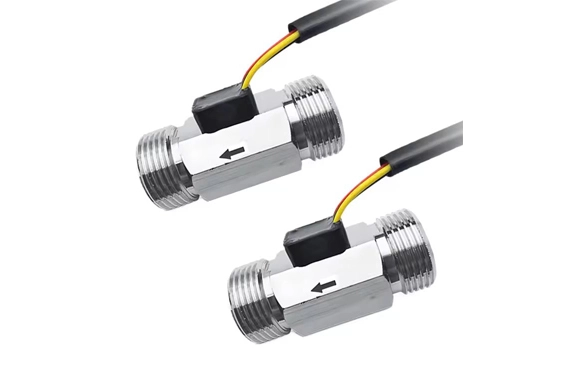Proximity Sensor Market to Touch USD 50.99 Billion by 2030 due to Rising Demand for Contactless Technology and Expanding Application in Wearable Devices.
The Proximity Sensor Market, as per the SNS Insider report, achieved a valuation of USD 29.89 billion in 2022 and is projected to attain USD 50.99 billion by 2030, with a Compound Annual Growth Rate (CAGR) of 6.9% anticipated during the forecast period from 2023 to 2030.
A proximity sensor is a device designed to detect the presence or absence of an object within its immediate vicinity without any physical contact. This cutting-edge technology operates on various principles such as infrared, ultrasonic, capacitive, and inductive sensing, allowing it to cater to a diverse range of applications. Proximity sensors play a crucial role in smartphones, tablets, and laptops, enabling features such as automatic screen dimming during calls and touchless gestures.
The ongoing global shift towards contactless interfaces and touchless solutions in various industries, particularly in response to health concerns, propels the demand for proximity sensors. The integration of proximity sensors into Internet of Things (IoT) devices and Industry 4.0 applications enhances automation, monitoring, and control capabilities, fostering market growth. The automotive industry's commitment to enhancing safety features, such as collision avoidance systems and autonomous driving functionalities, drives the demand for advanced proximity sensors. As wearable technology gains popularity, proximity sensors find applications in devices like smartwatches and fitness trackers, contributing to the proximity sensor market's expansion. Continuous advancements in sensing technologies, such as the development of LiDAR and Time-of-Flight (ToF) sensors, have expanded the capabilities of proximity sensors. These technological enhancements contribute to improved accuracy, range, and functionality, driving their adoption in various applications.
The North American region stands at the forefront of technological advancements, with a robust demand for proximity sensors driven by the automotive and consumer electronics sectors. The automotive industry, in particular, is witnessing a surge in the adoption of proximity sensors for advanced driver assistance systems (ADAS) and autonomous vehicles. Europe, characterized by stringent safety regulations, is experiencing a significant uptick in the adoption of proximity sensors, especially in the industrial and manufacturing sectors. Compliance with safety standards is pushing industries to incorporate proximity sensors in machinery and equipment to enhance worker safety and overall operational efficiency. The Asia-Pacific region is witnessing rapid industrialization and urbanization, driving the demand for proximity sensors across diverse applications. The automotive sector, buoyed by the growing middle-class population, is a key contributor to the proximity sensor market expansion.
The recession has accelerated the adoption of automation and smart technologies across industries. Proximity sensors, integral components in automation systems, are experiencing increased demand in sectors such as manufacturing, automotive, and healthcare. The proximity sensor market is witnessing a transition from traditional applications to advanced systems that enhance operational efficiency and reduce overall costs. Companies are adopting strategic measures such as product differentiation, price adjustments, and technological innovations to gain a competitive edge. Partnerships and collaborations are on the rise as industry players seek synergies to navigate challenges collectively.
